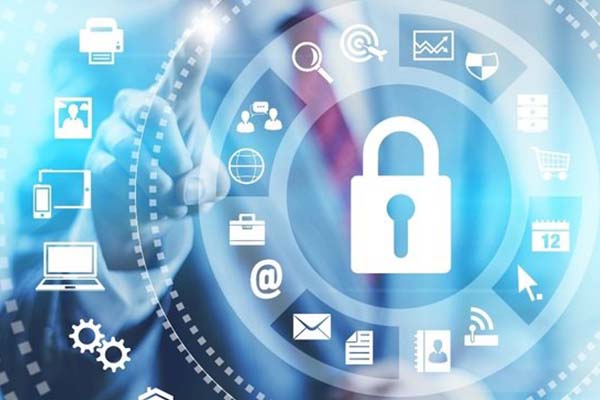Closing the Loopholes in Healthcare's Cybersecurity System with Magnified Tools
- Is it essential for cybersecurity in the Healthcare Industry?
- How is the healthcare industry going to face these cyber threats in the long run? What are the strategies to do so?

Does cyber information and data need security? It is a lot of people's most asked question. Well, if you had a thousand diamonds with you, would you leave it without a locker? No, right. It is the same, except in this case, data would be your diamonds.
Cybersecurity is the practice of defending your computer, server, mobile devices, electronic systems, networks, and data from attacks. It begins with network security, application security, information security, operational security, and end-user education.
These terms often seem like they have a similar meaning, sadly they do not. Let me explain them step-by-step, so not one of those is overlooked on safeguarding.
- Network Security - It is securing a computer network from intruders.
- Information Security - This includes protecting the integrity and privacy of data in transit and storage.
- Operational Security - It is a process inclusive of handling and protecting data assets.
- End-User Education - This involves pre-educational security before a virus is accidentally introduced into the system. It may be through an email or an attachment.
Is it essential for cybersecurity in the Healthcare Industry?
Here are three real-time examples of why the healthcare industry needs better cybersecurity practices;
- In the Dark Web, for one protected healthcare information [PHI] is $1000. Even the next highest priced data is credit data, which is only at $20 to $25 each.
- IBM's recent data breach report, the average healthcare data breach costs $7.13 Million. It is 10.9% higher than last year.
- Again, also based on IBM's data breach report. The average time taken to identify a healthcare provider's breach is 329 days.
How is the healthcare industry going to face these cyber threats in the long run? What are the strategies to do so?
Healthcare providers need to take a multifaceted approach to network security to ultimately close the cybersecurity void in their enterprises, starting through strengthening server persistence and progressing to geofencing. It is appropriate for active endpoint security to secure and lock devices if they are lost or stolen. If healthcare workers' laptops, that were hacked could be promptly frozen, there would be over 829,000 PHI documents secured today.
That's why healthcare professionals preferably ought to provide an unshakeable two-way link to each endpoint that gives complete insights into the process, data, and resource health within each laptop. And more importantly, healthcare providers can notify IT of where devices are and where protection applications are removed or compromised and initiating an automated system restore. It is necessary to establish an adaptive protection layer.
In healthcare, the names, personas, and functions endpoints secure are the actual network perimeters today, not the residue of the past's trusted and untrusted realms. In healthcare, usage of BYOD is accelerating, generating more special endpoint security issues this year. It is a given that all BYOD devices can only access healthcare systems and VPN data, but it is not enough to safeguard each endpoint.
Healthcare providers will rely more than ever on endpoint resilience and consistency in 2021, as laptop robberies estimation says to skyrocket, considering what a goldmine they are for PHI info, the Dark Web's most valuable. Bricking a stolen laptop is the aim that many healthcare professionals wish to do now and will take priority in the next year before patient data is compromised.
Their endpoint security policies would incorporate the three main principles of persistence, stability, and always-on awareness for healthcare professionals to thwart attacks to maximize asset management and get a 360-degree view of all endpoints. A healthcare provider has to cover different, often overlapping systems to ensure more prominent persistence and durability at all endpoints while depending on the standard of hardware for continuity.
The Bottom Line:
These are some of the many situations healthcare must be secure. Cybersecurity has so far turned into one of the most crucial elements to run a business without barriers. It is not out of the blue that high-end digital devices, equipment, and more are being sold to the healthcare industry.
Healthcare turning out to be one of the most sought factors in the world deals with patient data that is legally not obliged to be shared outside. Irrespective of the department or field of healthcare, the data they have still turned out to be the most confidential of all.
Along with patients' data, the healthcare industry is an industry striving for innovations and treatment that can change billions of lives on this planet.
